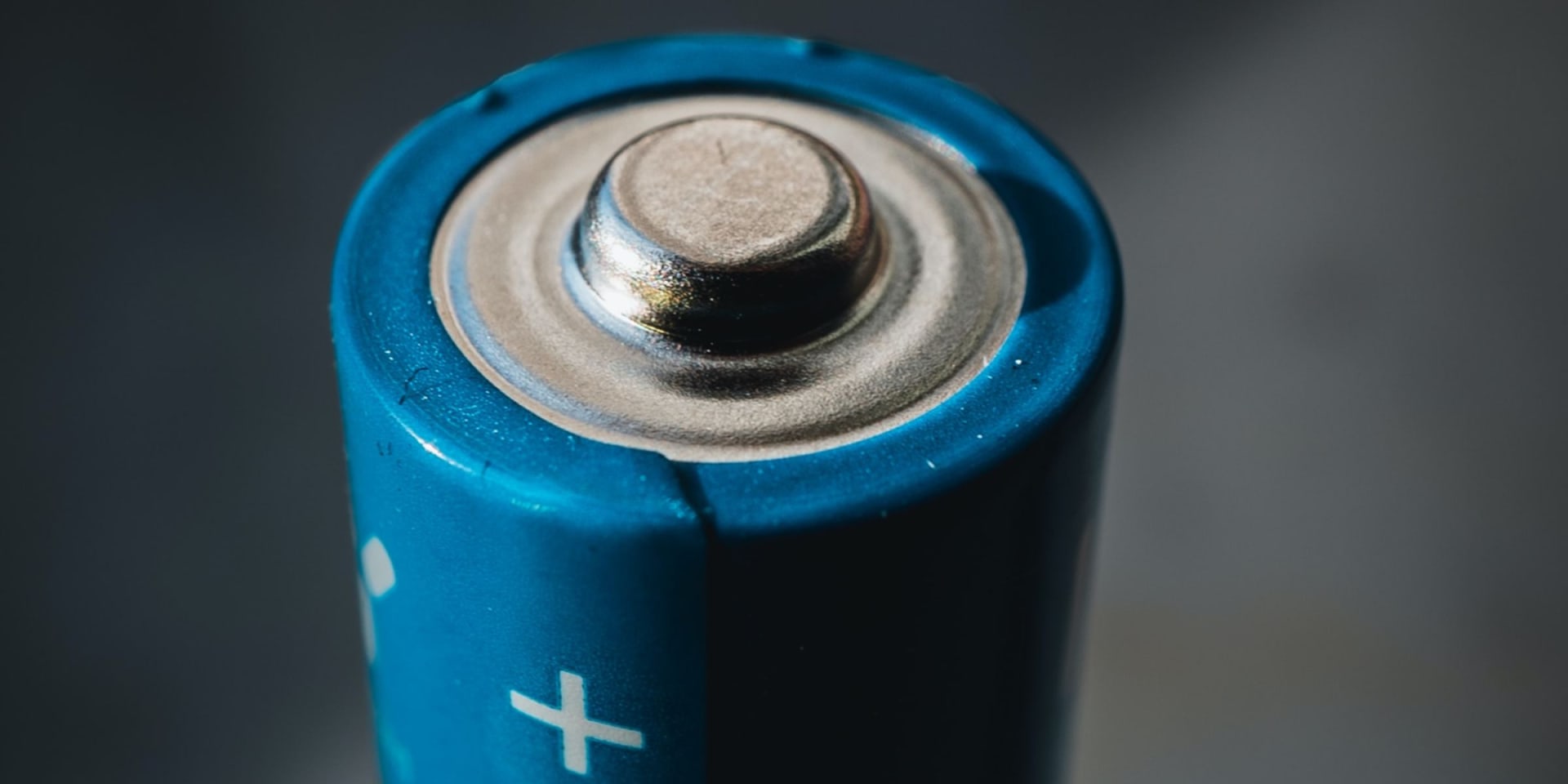Struggling to keep your home office devices charged while maintaining a clutter-free workspace? It's a common dilemma many professionals face. Managing the charging needs of multiple devices can be a daunting task, but fear not.
There are practical solutions and strategies that can help you stay powered up and productive throughout your workday. Whether it's identifying power-hungry devices, choosing the right charging stations, or optimizing battery life for your laptop, there are smart ways to tackle this challenge.
Ready to revolutionize the way you power up your home office devices?
Key Takeaways
- Monitor energy usage and consider the power consumption rating of devices to identify power-hungry devices and choose the right charging stations.
- Optimize battery life for laptops by adjusting power settings, keeping them clean, avoiding constant charging, and investing in portable power banks with higher capacity and multiple USB ports.
- Streamline cable management by using organizers, keeping cables easily accessible, and using cable management boxes to conceal and organize power strips and excess cables.
- Embrace wireless charging solutions to reduce the number of cables needed and streamline your charging setup, and consider implementing smart power strips for energy-saving power management.
Identifying Power-Hungry Devices
Identify power-hungry devices by monitoring their energy usage and considering their impact on your home office's overall power consumption.
Start by checking the power consumption rating of each device. Most devices list their power requirements in watts or amps. Keep in mind that devices with higher power requirements will drain more energy, potentially leading to higher electricity bills.
Additionally, consider the device compatibility with your charging setup. Some devices may draw more power than your charging station can handle, leading to slower charging times or even potential damage to the charging equipment. It's essential to match the power requirements of your devices with the capabilities of your charging outlets and power strips.
To effectively manage power consumption in your home office, consider using smart power strips or surge protectors. These devices can automatically cut off power to devices that are fully charged or not in use, reducing unnecessary energy consumption. Furthermore, you can invest in energy-efficient chargers and adapters that can minimize power wastage during the charging process.
Regularly monitor your device's power consumption and make adjustments as necessary to optimize energy usage. By being mindful of the power-hungry devices in your home office and taking proactive steps to mitigate their impact, you can create a more sustainable and cost-effective charging environment.
Choosing the Right Charging Stations
When selecting the right charging stations for your home office, consider the power needs and compatibility of your devices to ensure efficient and safe charging. Charging station placement plays a crucial role in keeping your home office organized and efficient. Evaluate your workspace to determine the most convenient locations for charging stations. It's beneficial to have charging stations near your work area, reducing the need for long cables and making it easier to keep your devices charged.
Cable organization is another essential factor to consider when choosing the right charging stations. Look for charging stations with built-in cable management features to keep your workspace tidy and free from clutter. This not only enhances the visual appeal of your home office but also reduces the risk of tripping over tangled cables or accidentally disconnecting devices while they're charging.
When selecting a charging station, ensure that it has the appropriate number and type of ports to accommodate all your devices. Consider future needs as well, to ensure that the charging station can support any additional devices you may acquire. Additionally, opt for charging stations with intelligent charging technology to protect your devices from overcharging and short circuits.
Optimizing Battery Life for Laptops
To ensure your home office setup remains efficient and organized, optimizing the battery life for your laptops is a crucial consideration, given the power needs and compatibility of your devices. Maximizing the efficiency and prolonging the lifespan of your laptop's battery can save you from unexpected power interruptions and the hassle of frequently charging your device. Here are some key practices to help you achieve this.
Firstly, adjusting your laptop's power settings can significantly impact its battery life. Lowering the screen brightness, setting shorter time periods for the screen and system to sleep, and managing background applications can all contribute to maximizing efficiency. Additionally, keeping your laptop physically clean and well-ventilated helps prevent overheating, which can degrade the battery over time.
Furthermore, it's essential to be mindful of how you charge your laptop. Avoid leaving it plugged in constantly, as this can diminish the battery's capacity. Instead, allow the battery to discharge partially before recharging it. If you plan to store your laptop for an extended period, charge it to around 50% and then turn it off to help prolong the battery's lifespan.
Lastly, consider investing in a quality laptop cooling pad to dissipate heat more effectively, which can ultimately contribute to a longer battery life.
Utilizing Portable Power Banks
Hey there!
When it comes to portable power banks, the capacity is key. Choosing a power bank with a higher capacity ensures that you can charge your devices multiple times before needing to recharge the power bank itself.
Additionally, look for power banks with multiple USB ports so you can charge more than one device at a time.
Power Bank Capacity
With increasing demand for on-the-go device charging, selecting a power bank with sufficient capacity is crucial for ensuring uninterrupted access to your devices. When considering power bank capacity, keep these key points in mind:
- Battery Maintenance: Opt for a power bank with a capacity that allows for proper battery maintenance. Overcharging or undercharging can impact the power bank's lifespan, so having a capacity that aligns with your device's needs is essential.
- Power Bank Selection: Choose a power bank with a capacity that suits your specific device's battery size. Ensure that the power bank's capacity is compatible with your devices to optimize charging performance and efficiency.
- Charging Compatibility: Look for a power bank with a capacity that supports fast charging and is compatible with a variety of devices. This will provide flexibility and convenience for charging your devices on the go.
Charging Multiple Devices
As you consider the capacity of your power bank for single-device charging, it's important to also explore how to effectively charge multiple devices using portable power banks. When selecting a power bank for multi-device compatibility, look for one with multiple output ports and sufficient total output power to charge all your devices simultaneously. Additionally, consider the charging location options, such as having a power bank with a built-in stand for propping up multiple devices while they charge. Below is a comparison table of some popular power banks that are suitable for charging multiple devices.
| Power Bank Model | Ports | Total Output Power | Charging Location Options |
|---|---|---|---|
| Model A | 3 | 30W | Built-in stand |
| Model B | 4 | 40W | Multiple device pads |
| Model C | 2 | 25W | Adjustable charging dock |
| Model D | 3 | 35W | Foldable design |
Streamlining Cable Management
To streamline cable management for your home office device charging, consider using cable organizers to keep cords neatly organized and out of the way. Cable organization is essential for maintaining a tidy and efficient workspace. Here are three simple and effective cable management solutions to help you keep your home office organized:
- Cable Organizers: Invest in cable organizers such as cable clips, sleeves, or ties to keep your charging cables neatly bundled and prevent them from tangling. These organizers come in various sizes and designs, allowing you to manage different types of cables effectively. By using these organizers, you can keep your cables untangled and easily accessible whenever you need to charge your devices.
- Cable Management Boxes: Utilize cable management boxes to conceal and organize power strips, adapters, and excess cables. These boxes are designed with multiple slots and compartments to neatly store and manage various cables and charging bricks. They not only keep your cables organized but also provide a clean and clutter-free look to your home office space.
- Wireless Charging Solutions: Embrace wireless charging solutions for your devices to reduce the number of cables needed. Wireless chargers can help minimize cable clutter by allowing you to charge your devices without connecting them to a power source. Consider investing in wireless charging pads or stands for your smartphones, tablets, and other compatible devices to streamline your charging setup.
Implementing Smart Power Strips
Want to take your home office setup to the next level?
Smart power strips offer energy-saving power management, remote power control, and device prioritization settings.
With these features, you can effectively manage your devices' power consumption and even control them remotely.
This makes it easier to optimize your workspace for productivity and energy efficiency.
Energy-Saving Power Management
Consider implementing smart power strips to efficiently manage energy usage for your home office device charging needs. Smart power strips help reduce power consumption and promote energy efficiency by automatically cutting off power to devices that are fully charged or in standby mode.
Here are three benefits of using smart power strips:
- Reduced Standby Power: Smart power strips eliminate standby power, also known as vampire power, by completely shutting off power to devices when they aren't in use.
- Energy Monitoring: Some smart power strips come with energy monitoring features that allow you to track the energy usage of individual devices and make informed decisions on power management.
- Remote Control: Certain smart power strips can be controlled remotely through mobile apps, enabling you to turn devices on or off from anywhere, optimizing energy usage.
Remote Power Control
Maximize your energy efficiency by implementing smart power strips with remote control capabilities for convenient and effective power management in your home office.
With remote access, you can easily turn off devices not in use, saving energy and reducing your electricity bill.
These smart power strips also provide power monitoring, allowing you to track energy usage and identify which devices are consuming the most power.
By remotely controlling the power supply to your devices, you can prevent energy wastage and reduce standby power consumption.
Additionally, the ability to schedule power on and off times for specific outlets gives you the flexibility to automate your energy-saving efforts.
With smart power strips and remote control features, you can have a more sustainable and cost-effective home office setup.
Device Prioritization Settings
To optimize the energy efficiency of your home office, implementing smart power strips with device prioritization settings can help you effectively manage power consumption. By using device prioritization settings, you can allocate power based on your specific needs, ensuring that essential devices receive power when needed.
Here's how you can benefit from device prioritization settings:
- Device Grouping: You can group devices based on their power requirements and usage patterns, allowing you to allocate power more efficiently.
- Power Allocation: With prioritization settings, you can allocate power based on the importance and usage frequency of each device, ensuring that critical devices always have access to power when necessary.
- Energy Savings: By effectively managing power allocation, you can reduce energy waste and lower your electricity bills, promoting a more sustainable home office setup.
Establishing Charging Routines
When planning your charging routines, it's helpful to designate specific times or triggers for plugging in your devices. Creating charging schedules can help you minimize downtime due to dead batteries or low power. Consider integrating device charging into your daily rituals.
For example, you could make it a habit to plug in your devices as soon as you finish your work for the day. Alternatively, you might choose to charge your devices while you sleep, ensuring they're ready to go when you wake up.
Another effective strategy is to set up reminders or alarms on your phone or computer to prompt you to plug in your devices at designated times. This can be particularly useful if you tend to get absorbed in your work and forget to charge your devices until it's too late.
Additionally, you can leverage triggers in your environment to prompt charging. For instance, every time you finish a video call or a specific task, you could make it a habit to plug in your devices. By associating charging with the completion of certain activities, you can ensure that your devices are consistently powered up and ready for use.
Establishing these charging routines will help you maintain the productivity of your home office by ensuring that your devices are always charged and ready when you need them.
Frequently Asked Questions
Can I Charge My Laptop and Phone at the Same Time Using a Portable Power Bank?
Yes, you can charge your laptop and phone at the same time using a portable power bank. Many power banks have multiple USB ports, allowing you to conveniently charge both devices simultaneously without draining the power bank's battery life.
Are There Any Specific Power Strips That Are Best for Charging Multiple Devices at Once?
You can find surge protectors and power strips with multiple USB charging ports and adapters. Look for ones with high power output and surge protection to keep all your devices charged and safe.
What Are the Best Practices for Charging Devices Overnight to Avoid Overcharging?
To avoid overcharging and prolong battery life, practice good charging habits. Overnight charging can strain lithium-ion batteries and consume unnecessary energy. Remember, "A stitch in time saves nine." It's a small effort for long-term battery maintenance.
How Can I Extend the Battery Life of My Smartwatch or Fitness Tracker?
To prolong the battery life of your smartwatch or fitness tracker, optimize your charging habits. Avoid overcharging by unplugging once fully charged and don't let the battery drain completely before recharging. These practices can help extend the device's battery life.
Is It Safe to Leave My Devices Plugged in to a Charging Station for Extended Periods of Time?
Leaving your devices plugged in for long periods can affect battery maintenance and increase energy consumption in standby mode. It's essential to unplug them when fully charged to preserve battery life and reduce power usage.





